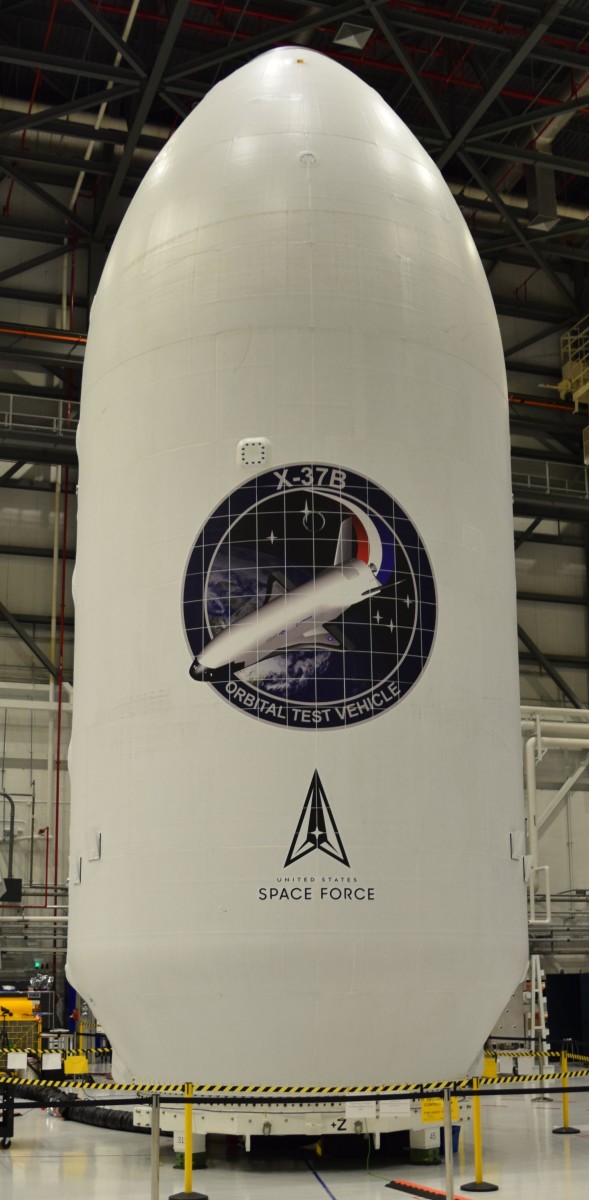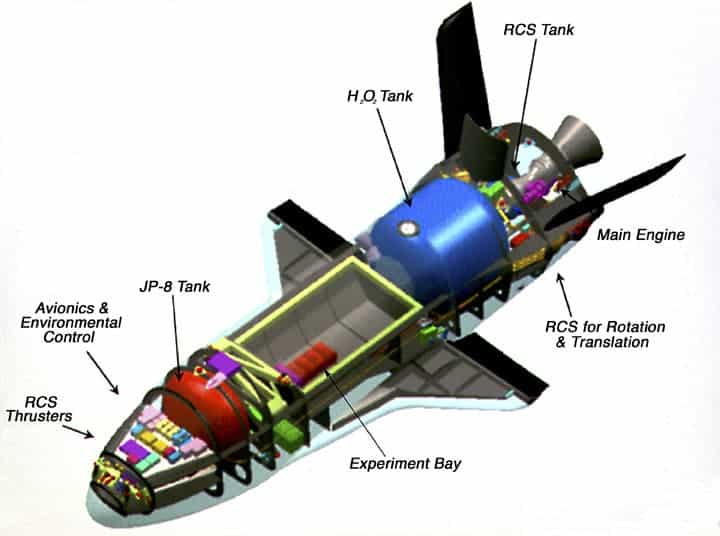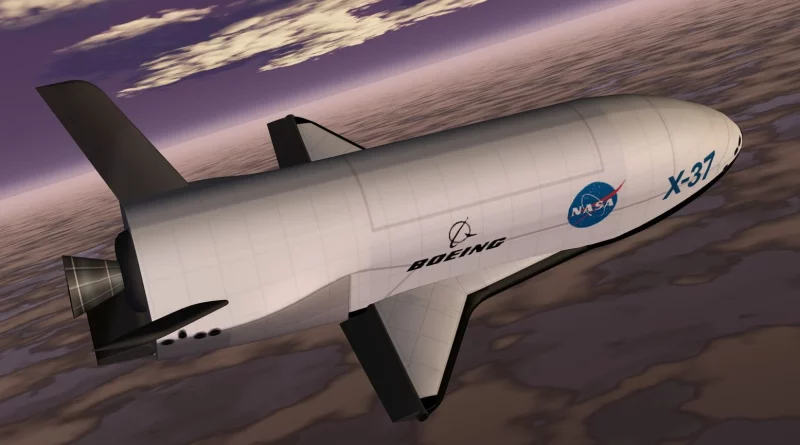Armed Space Drone? X-37B Drone to Travel Into Space Again
In a quest to extend the frontiers of space exploration and enhance national security capabilities, the Pentagon is gearing up to launch its robotic space drone, the X-37B, into the cosmos once again. This new test, slated to take place on December 7, 2023, is strategically designed to push the boundaries of technological possibilities and bolster the United States’ readiness to deter and defend against rapidly advancing space weapons from nations such as Russia and China.

Evolution from NASA to Military Application
Originally conceived as part of NASA’s exploration initiatives, the X-37B has evolved into a critical military asset in collaboration with the U.S. Air Force’s Rapid Capabilities Force and the U.S. Space Force. This emerging space drone represents a testament to the synergy between civilian and military space programs, showcasing adaptability and innovation in the pursuit of national security objectives.
Gen. Chance Saltzman, Chief of Space Operations, describes the forthcoming experiments as “groundbreaking,” highlighting the platform’s role in defining the “art-of-the-possible.” The upcoming X-37B Mission 7, designated USSF-52, is positioned to launch on a SpaceX Falcon Heavy rocket, marking a significant milestone in the evolution of this versatile platform.
Unraveling the Mission Objectives
The mission objectives for X-37B Mission 7 are diverse and forward-looking. The upcoming test will involve operating the reusable spaceplane in new orbital regimes, experimenting with cutting-edge space domain awareness technologies, and studying the radiation effects on materials, courtesy of NASA. This multifaceted approach underscores the platform’s versatility, positioning it as a vital tool for exploring the capabilities and limitations of space-based operations.
The decision to launch X-37B on a SpaceX Falcon Heavy rocket adds another layer of significance to the mission. This marks the first time the spaceplane will ride atop a Falcon Heavy, highlighting the collaborative efforts between government and private space entities in advancing space exploration and national security initiatives.
Learning from Previous Success: The 2022 “De-Orbit”
The upcoming test builds upon the success of a previous X-37B mission in 2022, where the space drone executed a precise “de-orbit” following its journey beyond the Earth’s atmosphere. This achievement demonstrated the platform’s capability to operate in the challenging environment of space and return safely, paving the way for more ambitious and complex missions.
The Challenge of Adversarial Space Technologies
While details of specific Russian or Chinese space weapons remain elusive, both nations openly discuss the rapid development of space technologies in their respective media. China, in particular, has been vocal about its advancements in Anti-Satellite (ASAT) weapons, raising concerns about potential adversarial capabilities that could challenge U.S. space assets.
In this context, the X-37B emerges as a crucial asset for the U.S., providing a flexible and responsive platform to conduct experiments and tests that enhance the nation’s space capabilities. The ability to explore new orbital regimes and experiment with space domain awareness technologies is particularly significant in the face of evolving threats in the space domain.
The X-37B’s Role as an Armed Space Drone
The term “armed space drone” introduces an intriguing aspect to the X-37B’s capabilities. While specific details about weaponry and offensive capabilities remain undisclosed, the platform’s agility and adaptability make it a versatile asset for various military applications. Its potential as a reconnaissance and surveillance tool, coupled with the ability to operate in different orbital regimes, positions the X-37B as a strategic asset in maintaining space superiority.

Looking Ahead: Challenges and Possibilities
The X-37B’s journey from NASA’s exploration endeavors to its current role as a military asset highlights the dynamic nature of space programs. As the U.S. prepares for the upcoming X-37B Mission 7, the mission’s success will undoubtedly open new avenues for exploration and experimentation in space. The collaboration between government and private entities, as exemplified by the partnership with SpaceX, sets a precedent for future endeavors in advancing space technologies.
While the X-37B’s current mission objectives focus on experimentation and testing, the platform’s potential for national security applications remains a critical consideration. As the U.S. contends with the challenges posed by evolving adversarial space technologies, the X-37B stands as a symbol of innovation and adaptability in safeguarding the nation’s interests in the final frontier. The upcoming mission holds the promise of unveiling new capabilities and pushing the boundaries of what is achievable in the complex realm of space exploration and defense.



